Climate Smart Agriculture Technologies: 7 Game-Changers
“Agroforestry can increase crop yields by up to 56% compared to conventional farming methods.”
Introduction: Why Climate-Smart Agriculture Matters
As the climate crisis intensifies and the world population rises, agriculture faces unprecedented challenges—from erratic weather conditions to shrinking resources. At Farmonaut, we believe that integrating climate-smart agriculture technologies is not just a trend—it’s a survival imperative for future food security and sustainability.
By harnessing precision farming, agroforestry benefits, and digital solutions, we can improve yields, enhance resilience, and ensure long-term environmental sustainability. In this comprehensive guide, we’ll explore 7 game-changing technologies, their immense potential, and how platforms like Farmonaut are democratizing these advanced solutions for every farmer and stakeholder.
What is Climate-Smart Agriculture?
Climate-smart agriculture (CSA) is a holistic approach that transforms agricultural systems to meet three core goals:
- Boosting productivity to increase crop yields and revenue for farmers
- Strengthening resilience (adaptation) to changing climate conditions and extreme weather
- Reducing greenhouse gas emissions for a more sustainable food system
At its core, CSA integrates proven methods—like regulated water management, resilient crop varieties, agroforestry systems, and advanced digital tools—to build future-ready farms. Through precision agriculture technologies, AI, and cutting-edge innovations, we can enable sustainable food production even as the climate shifts.
The 7 Game-Changing Climate-Smart Agriculture Technologies
Let’s dive into the most impactful technologies shaping the future of farming. These solutions, when deployed together, optimize resource use, increase productivity, and ensure lasting climate resilience.
1. Precision Farming & Digital Agriculture: Maximizing Efficiency with Technology
Precision agriculture technologies leverage GPS, remote sensing, AI-powered analytics, and data from sensors to bring farming into the digital era. By embracing these innovative methods, we can:
- Monitor soil health, moisture levels, nutrient content, and crop growth in real time
- Apply fertilizers and pesticides only where and when needed—reducing chemicals and environmental impact
- Track weather patterns for smarter irrigation and planting decisions
- Detect diseases and pests early through satellite and field imagery analysis
- Boost production efficiency and resource management across entire agricultural systems
Farmonaut is at the forefront here, making affordable precision agriculture accessible globally. We blend satellite-based crop health monitoring (using NDVI, soil moisture, and more), customized AI farm advisory (Jeevn AI), and real-time weather alerts to empower informed farming decisions and optimize inputs for higher yields and sustainability.
Explore Farmonaut’s real-time satellite crop health features for your field management: Learn More
“Precision farming technologies can reduce fertilizer use by 20% while maintaining optimal crop productivity.”
2. Agroforestry: Integrating Trees for Productivity and Resilience
Agroforestry systems blend trees and crops (sometimes livestock) for symbiotic benefits:
- Trees act as natural windbreaks—shielding crops from heat, drought, and storm damage
- They improve soil fertility by fixing nitrogen, adding organic matter, and stabilizing soil
- Enhanced biodiversity creates healthier ecosystems while supporting natural pest control
- Deep-rooted trees boost water infiltration and maintain moisture in drought-prone areas
- Sequester carbon dioxide, combating global warming and lowering GHG emissions
Studies show that smart agroforestry practices can dramatically increase productivity while improving resilience to climate challenges.
Interested in implementing plantation or forest advisory for your farms? Explore Farmonaut’s tailored plantation/forest advisory solutions.
3. Controlled-Environment Agriculture (CEA): High-Yield, Low-Impact Production
Controlled-environment agriculture (CEA) is revolutionizing how and where our food is grown:
- Crops are cultivated in tightly regulated greenhouses, vertical farms, or hydroponic/aeroponic setups
- Temperature, humidity, CO2, and lighting are meticulously monitored—producing food year-round regardless of outside weather
- Up to 90% less water usage compared to field production (thanks to efficient water recycling and precision techniques)
- Low/no pesticide use due to controlled conditions—delivering healthier, high-value produce
- Reduced land and resource footprint, making CEA ideal for urban areas or regions with tough climate constraints
Vertical farms and greenhouses are pivotal in addressing modern food security and environmental issues.
4. Nanotechnology in Agriculture: Micro Solutions, Massive Impact
Nanotechnology in agriculture utilizes nano sensors and ultra-small materials to monitor and support crops like never before:
- Nanosensors embedded in soil can monitor moisture, nutrient content, and detect pathogens at the earliest stage—enabling precise interventions
- Graphene or zinc oxide-based nano sensors identify fertilizer deficiencies (e.g., nitrogen, phosphate) instantly
- Nanotech-based smart delivery systems improve fertilizer use efficiency and reduce environmental pollution
- Potential to optimize resources and minimize waste by deploying inputs exactly where needed
By integrating nanotechnology into modern farming, we pave the way for hyper-efficient, sustainable food production.
5. Gene Editing in Crops: Engineering Resilience and Nutrition
Advanced gene editing in crops—using technologies like CRISPR—enables us to:
- Develop climate-resilient crop varieties that thrive in heat, drought, and salinity
- Enhance disease resistance in plants, reducing dependence on chemical pesticides
- Modify nutrient content to create healthier, more nutritious produce
- Reduce GHG emissions by breeding crops requiring less fertilizer and irrigation
- Accelerate crop improvement cycles, rapidly adapting to evolving climate conditions
Gene editing holds transformative potential for sustainable food systems, provided it’s applied responsibly.
6. Climate-Smart Water Management: Conserving Every Drop
Water is a critical and increasingly scarce agricultural resource. Climate-smart water management uses:
- Drip and micro-irrigation systems that directly feed water to roots—reducing runoff, evaporation, and costs
- Soil moisture sensors for real-time data, enabling precise irrigation scheduling
- Remote monitoring to optimize water distribution and avoid stress in crops
- Modern irrigation technologies that can save up to 50% more water versus traditional methods
Efficient water management ensures sustainable farming even in regions with unpredictable rainfall and rising temperatures.
7. Sustainable Livestock Management: Reducing Methane, Supporting Ecosystems
Livestock farming is a major source of methane emissions, but through sustainable practices, we can:
- Implement rotational grazing to enhance soil health, boost carbon sequestration, and support regenerative agriculture
- Utilize feed additives that cut down methane production in ruminants
- Repurpose livestock waste for biogas—producing renewable energy while minimizing emissions
- Reduce overall GHG emissions from farm operations
- Enhance nutrient cycling and organic matter content in soils
With these techniques, livestock can become part of a positive environmental and food security solution.
Consider Farmonaut’s carbon footprinting tool to quantify and minimize emissions in your entire supply chain.
Comparative Overview Table: Climate-Smart Agriculture Technologies
| Technology Name (Focus Area) |
Description | Estimated Yield Improvement (%) |
Water Use Efficiency (% Increase) |
Cost-Benefit (Relative Scale) |
Adaptation to Climate Risks |
|---|---|---|---|---|---|
| Precision Farming & Digital Agriculture | GPS, sensors, satellite & AI-based tools for continuous monitoring and precise resource deployment. | 15–25% | 20–40% | High–Medium | High |
| Agroforestry | Integration of trees and crops/ livestock to boost soil health, biodiversity & carbon sequestration. | Up to 56% | 10–30% | Medium | High |
| Controlled-Environment Agriculture (CEA) | Greenhouses, hydroponics, vertical farms with fully optimized micro-climates and low input use. | 30–50% | 50–90% | Medium (Higher initial cost, high returns) | High |
| Nanotechnology in Agriculture | Nano sensors, smart fertilizers/pesticides, and ultra-high precision monitoring at molecular scale. | 10–20% | 15–25% | Medium (Long-term savings) | Medium–High |
| Gene Editing in Crops | CRISPR and biotech to create resilient, high-yield, low-input crop varieties. | 20–35% | 10–20% | Medium–High | High |
| Climate-Smart Water Management | Drip irrigation, soil moisture sensors & precision scheduling to minimize loss. | 10–25% | 30–50% | High | High |
| Sustainable Livestock Management | Methane-reducing feeds, rotational grazing, and biogas from waste. | 5–15% | Indirect | Medium | Medium–High |
Regenerative Agriculture Methods: Building Soil Resilience
Regenerative agriculture focuses on restoring soil health and organic matter while supporting biodiversity:
- Cover cropping: Protects soil, prevents erosion, enriches with organic residues
- Reduced tillage: Preserves soil structure and microbial life
- Composting: Improves nutrient cycling and moisture retention
- Multi-cropping & rotational planting: Disrupts pest cycles, reduces disease
- Integrated livestock for natural soil fertilization and enhanced carbon sequestration
These regenerative agriculture methods combat climate pressures while ensuring productivity for decades to come.
Use Farmonaut’s carbon footprinting solutions to measure your regenerative progress and optimize your climate-positive impact.
Climate-Smart Technologies in Action: Real-World Impact
Across the globe, climate-smart agriculture is transforming how we tackle weather uncertainty, water scarcity, and soil degradation. For example, real-time AI advisory and remote sensing are empowering farmers to adjust planting according to local conditions, avoid avoidable losses, and meet food security goals.
Major agriculture technology companies are showcasing autonomous and AI-driven equipment for precise pesticide and fertilizer application—key for minimizing chemical use and costs.
Artificial intelligence is now central for predictive analytics—helping monitor soil fertility, forecast yields, and support digital farming solutions on a mass scale.
Developers: Access Farmonaut’s satellite data and weather analytics via our powerful API and comprehensive developer docs to build your own climate-smart tools.
Farmonaut’s Role: Driving Affordable, Scalable Climate-Smart Agriculture
At Farmonaut, our mission is to make precision agriculture affordable and accessible for every farmer globally. We empower users to:
- Monitor crop health, soil moisture, and nutrient levels with multispectral satellite imagery—no costly hardware required
- Receive AI-driven, real-time farm advisories (via our Jeevn AI system) and timely weather updates for smarter decisions
-
Implement blockchain-based product traceability solutions—building transparency and trust for corporate supply chains
Learn how our product traceability system supports food safety and market differentiation. -
Optimize entire fleet and resource management for agribusinesses—saving time, money, and emissions
Explore fleet management tools for your agriculture machinery and vehicles. - Track your farm’s carbon footprint in real time—supporting climate compliance and green finance
- Access all features via web, Android, iOS, and by API—making smart farming universally reachable
-
Benefit from satellite-based verification for crop loans and insurance—streamlining finance with remote field assessment
Discover the benefits for crop loan and insurance validation. -
Scale solutions from a single field to vast government or plantation operations
See our large-scale farm management platform in action.
Our platform operates on a flexible, subscription basis with options for individuals, cooperatives, agribusinesses, and government institutions.
Farmonaut Subscription Plans:
Frequently Asked Questions: Climate-Smart Agriculture Technologies
-
What is climate-smart agriculture and why is it important?
Climate-smart agriculture refers to farming practices and technologies that increase productivity, improve resilience to climate change, and reduce greenhouse gas emissions. It’s vital for long-term food security and environmental sustainability. -
How do precision agriculture technologies help farmers?
Precision agriculture leverages GPS, sensors, satellite data, and AI to optimize resource use. Farmers can apply water, fertilizers, and protect crops more efficiently, improving yields and reducing input costs. -
What are the main benefits of agroforestry?
Agroforestry boosts soil fertility, increases biodiversity, sequesters carbon, protects against wind/heat, reduces erosion, and can increase yields by over 50% compared to conventional systems. -
What is the impact of nanotechnology in agriculture?
Nanotechnology provides nano-scale sensors for real-time soil and crop monitoring. It allows precise delivery of nutrients/pesticides and improves detection of diseases—raising efficiency and reducing waste. -
How does Farmonaut support climate-smart agriculture?
Farmonaut’s platform delivers satellite-based crop health monitoring, AI-powered farm advisories, product traceability, carbon footprint tracking, resource management, and real-time data for smarter, more sustainable farming operations. -
Can these technologies help small and medium farmers?
Yes! Solutions like Farmonaut lower the cost barrier for advanced digital agriculture, making real-time crop data and insights available to smallholders as well as large organizations. -
How can someone access Farmonaut’s services?
Farmonaut is accessible via web and mobile apps (Android, iOS), and through API for integration. Subscription plans offer flexibility based on hectare coverage and update frequency. -
What is regenerative agriculture and how does it relate to CSA?
Regenerative agriculture restores soil organic matter and biodiversity through sustainable practices like cover crops and reduced tillage, making it essential to the CSA toolkit for climate adaptation and mitigation. -
How are sustainability and traceability linked to advanced agriculture?
Product traceability (e.g., Farmonaut’s blockchain solutions) allows full transparency for product origin, supporting sustainable supply chains and building consumer trust. -
Where can developers find Farmonaut’s API documentation?
API documentation is available here.
Conclusion: Building a Resilient, Sustainable Future with Climate-Smart Agriculture
The path forward for global agriculture lies in climate-smart solutions: integrating advanced technologies, regenerative practices, and digital insights to adapt, thrive, and nourish our growing world—sustainably.
By combining precision farming, agroforestry benefits, CEA, nanotechnology, gene editing in crops, and climate-resilient management, we can make our food systems more productive, resilient, and positive for the environment.
At Farmonaut, we are committed to empowering everyone—from smallholders to global agribusinesses—with real-time, actionable data and tools for the new future of sustainable agriculture.
Ready to embrace climate-smart agriculture? Start your journey with Farmonaut.




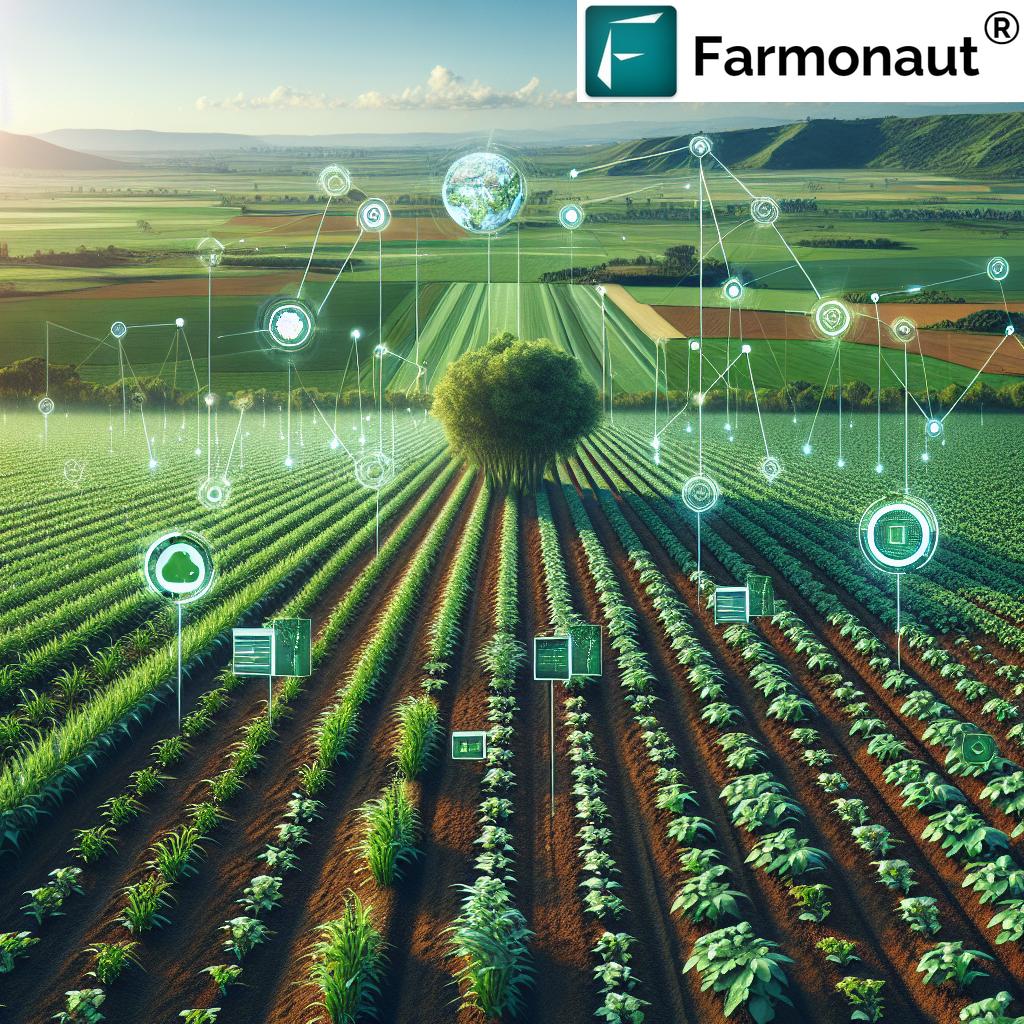

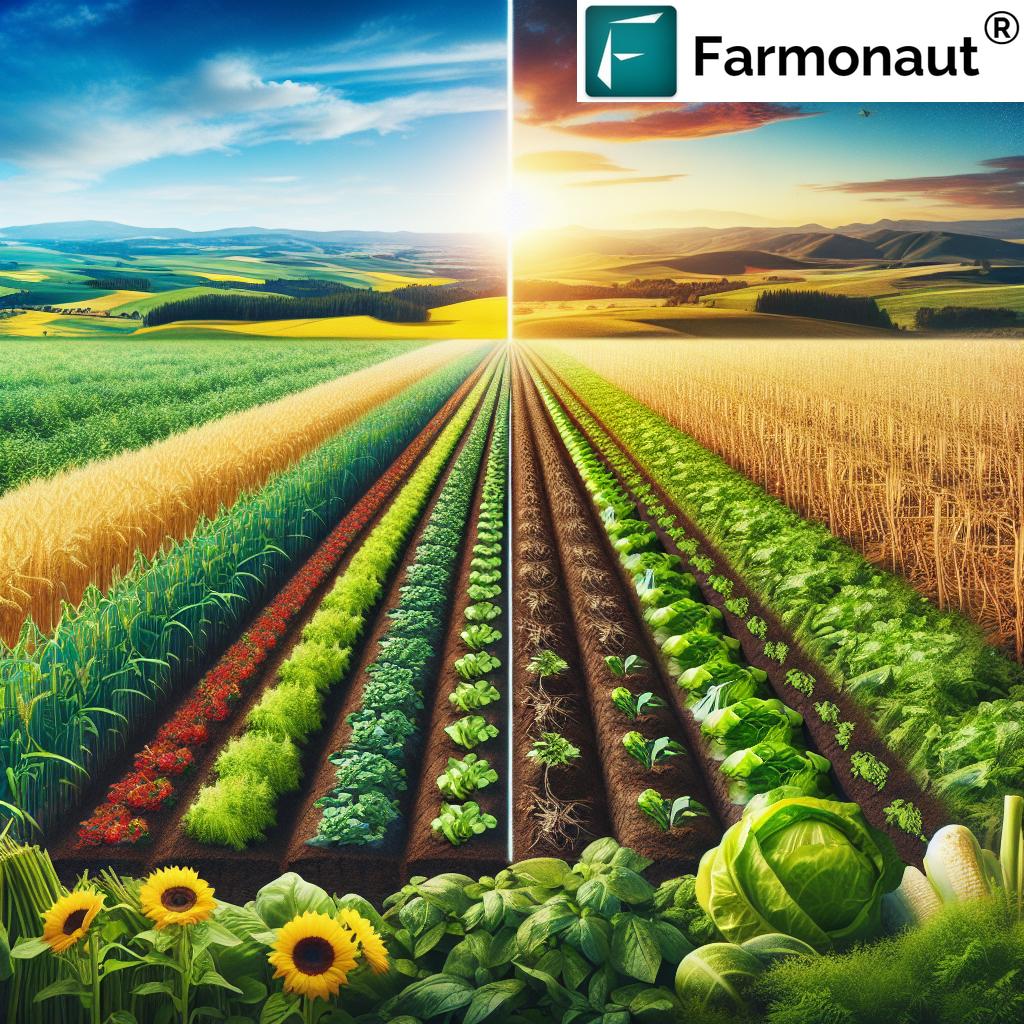

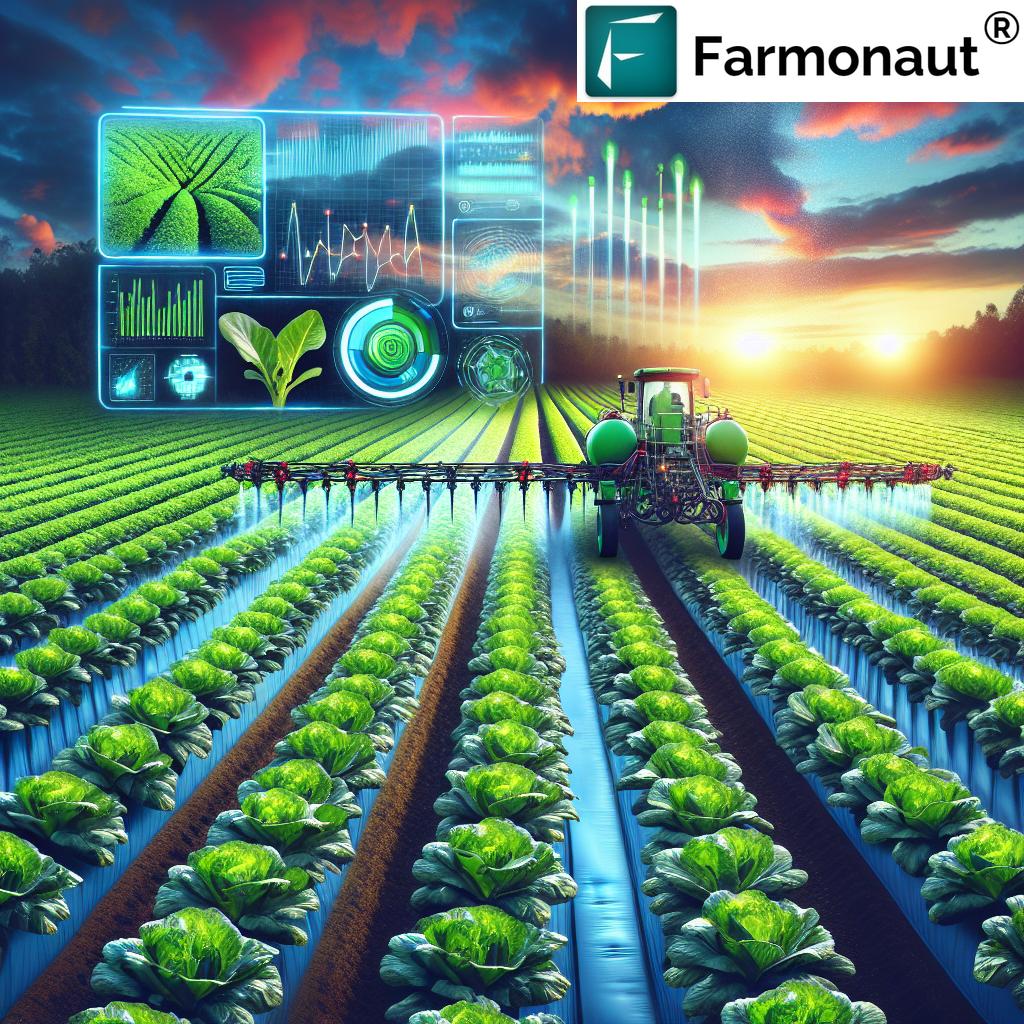
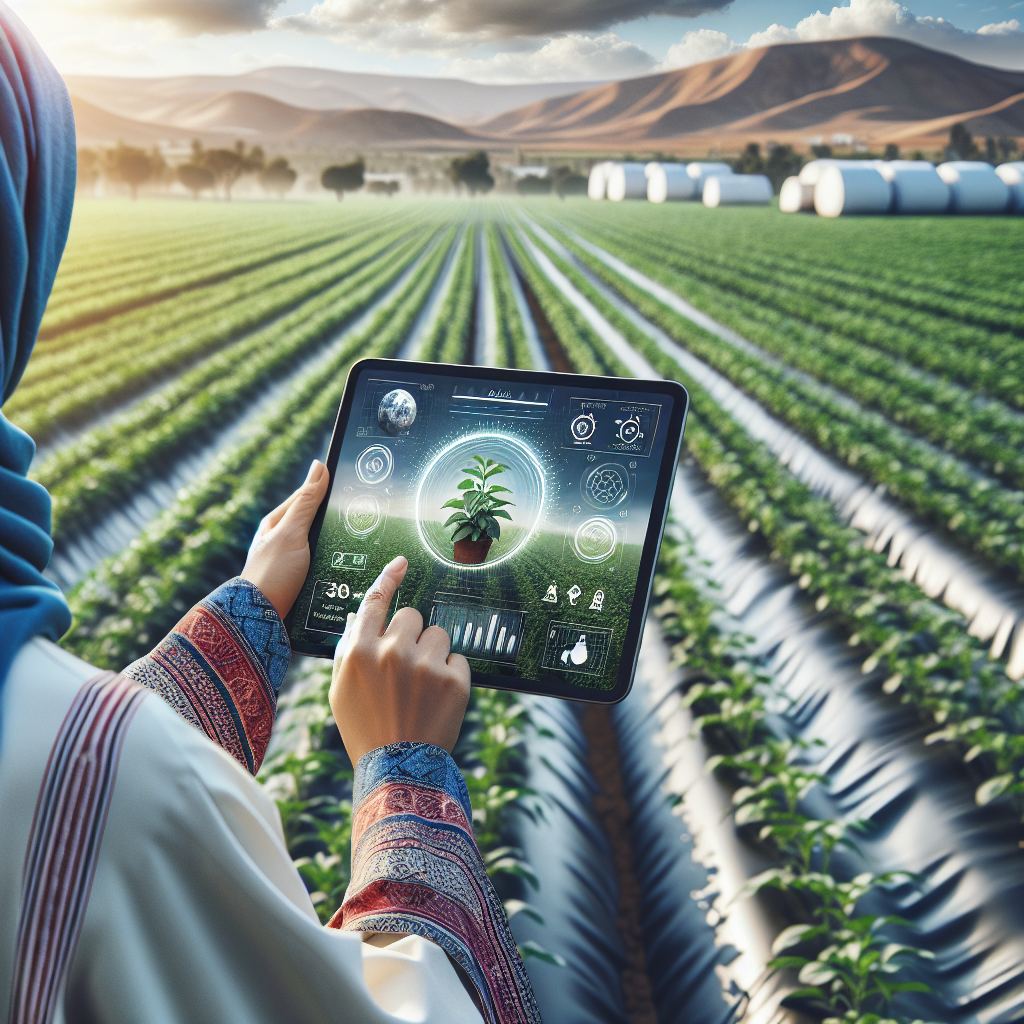
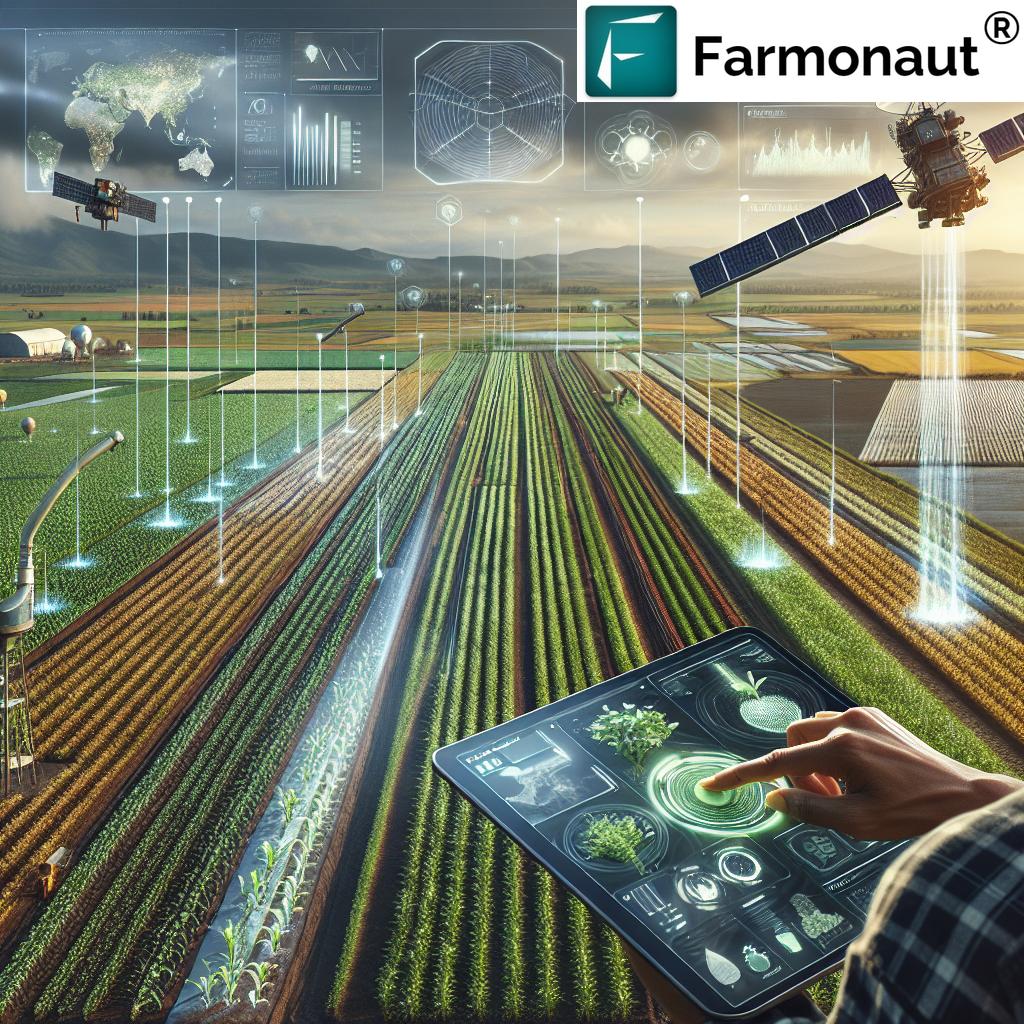



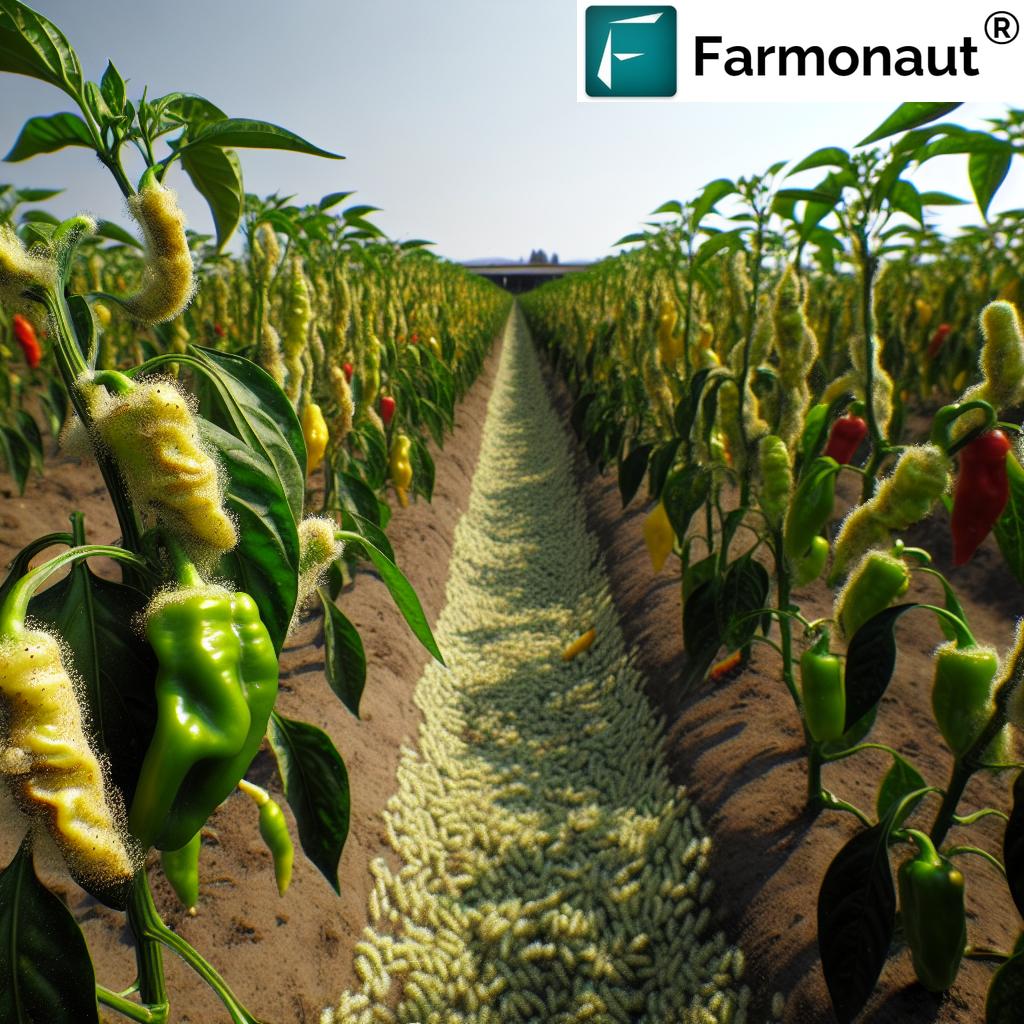

Pretty! This has been a really wonderful post. Many thanks for providing these details.